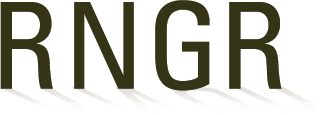Herbage and seed from Texan native perennial herbaceous legumes
Muir, J. P., Taylor, J., Interrante, S. M.
2005.
Rangeland Ecology & Management, Volume 58, Number 6: 643-651
Journal Article
Development
Texas, USA
Native seed mixes for rangeland seeding, prairie restoration, or cultivated pasture can benefit from a greater variety of forbs that more closely reflect the original vegetation of the southern Great Plains. Fifteen native, perennial herbaceous legumes were collected in central Texas and evaluated for herbage production, mineral content, and fiber concentration of established plants in research plots over 2 years. Downy milk-pea (Galactia volubilis [L.] Britton) was productive, regardless of rainfall, whereas prairie acacia (Acacia angustissima [Mill.] Kuntze var. hirta [Nutt.] B.L. Rob.) and Illinois bundle-flower (Desmanthus illinoensis [Michx.] MacMill. Ex. B.L. Rob. & Fernald) out yielded others in year 3 when rainfall was the greatest. Herbage crude protein averaged approximately 100 g/kg for bush-clovers (Lespedeza spp.) compared to bundle-flowers (Desmanthus spp.), which exceeded 200 g/kg; the latter also was high in herbage phosphorus. Herbage neutral detergent fiber ranged from 300 to more than 500 g/kg, acid detergent fiber ranged from 140 to 360 g/kg, and acid detergent lignin ranged from 36 to 140 g/kg, a wide range from which to select if animal nutrition is a primary criterion. Seed production was evaluated within a subset of 8 entries submitted to periodic herbage removal or left intact throughout the season. Three bundle-flowers yielded the greatest mass and seed number, but were negatively affected by harvest, unlike prairie acacia. Herbage and seed characteristics indicate there are promising perennial herbaceous legumes in the southern Great Plains that can be included in native seed mixes.





